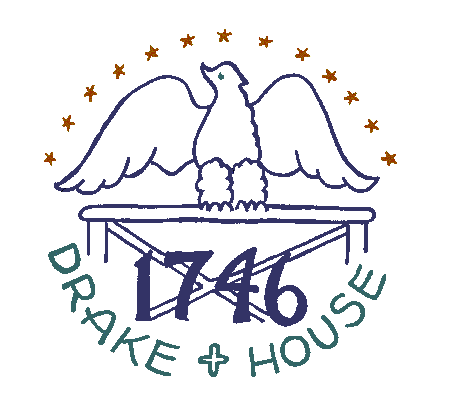 |
|||||||||||||||||
|
|
|||||||||||||||||
|
|
|||||||||||||||||
 |
||||
THE QUAKERS OF SOUTHWESTERN JERSEY were members of the influential Philadelphia Yearly Meeting of Friends, which had been against importing slaves since 1696. The campaign against slavery grew steadily
stronger, until in 1776 the Philadelphia Meeting would not accept slaveholders as members. In 1780, the Quakers at Haddonfield disowned two members who refused to release their slaves. At last, in 1795, after a century
of patient work, the Philadelphia Yearly Meeting could boast that not one slaveholder worshiped in its large congregation. The antislavery feeling among the Quakers spread gradually to other groups. This was brought
about largely by John Woolman, a Jersey man and Anthony Benezet of Philadelphia. Woolman (1720-1772), a Mount Holly tailor and itinerant Quaker missionary, was born at Northampton in Burlington County. He was one of the
first men to suggest publicly the abolition of the slave trade in America. Not only did Woolman speak at meetings all along the eastern seaboard, but he also wrote and published pamphlets attacking slavery. In time his
ideas spread, eventually reaching New Jersey legislators, and in 1768, the special courts to deal with Negroes were abandoned. In 1769, a tax of £15 was laid on the purchase of each slave imported into the colony; and
in 1778, the special criminal laws for Negroes were discarded. Anthony Benezet crusaded for 40 years against slavery. His work in obtaining release of free Negroes who were being kidnapped into slavery led in 1775 to
the organization of The Society for the Relief of Free Negroes Unlawfully Held in Bondage. Composed of members of various religious denominations, it was the first antislavery organization in America and the forerunner
of the societies for the complete abolition of slavery. New Jersey's first abolition society was organized at Trenton in 1786, and another was formed in Burlington in 1793. A year later the Abolition Society of Salem
was active in the defense of kidnapped Negroes, purchasing their freedom if necessary. New Jersey had five representatives at the first convention of abolition societies in 1796. One of them was Joseph Bloomfield, who
became president of the convention. As Governor of New Jersey in 1804, Bloomfield signed the hard-fought act which provided that every child thereafter born of a slave was free, but must remain as servant of the
mother's master until 25 if a boy, 21 if a girl. Soon waves of fugitive slaves were flowing over the borders of New Jersey and other northern states. The southern slaveholders fought the abolition societies; they had
Congress pass the Fugitive Slave law of 1793, which punished anyone giving aid to fleeing Negroes, and sent spies and slave-catchers north to capture escaped slaves. Up from Chesapeake Bay, from the banks of the
Susquehanna, across from the slave state of Delaware and from all along the Pennsylvania border came "trains" of fugitives, thousands of them seeking transportation on the Underground Railroad in New Jersey. There
were three principal underground routes in this State. Each route had a number and the stations were called by letters of the alphabet. The most important route followed the Delaware River for 18 miles from Camden to
Burlington, known as Station A. At this stop horses were changed and the journey continued through Bordentown to Princeton; another change of horse and then off to New Brunswick. The Salem Route was the second most
popular system. Starting at Salem, it stopped at Woodbury, Mount Laurel and Bordentown, where it joined the Camden Route. The third system, known as the Greenwich Route, began at Greenwich and had stations at
Swedesboro, Mount Holly and Burlington, merging there with the Camden Route. At Camden, the Quakers had a station in an old farmhouse now used as a clubhouse. Slaves who could not endure the hardships of flight are
buried in Camden. Short distances east of Bordentown there were stations at Crosswicks and in the Imlay Mansion at Allentown. Occasionally, fugitives were taken from Allentown to Toms River, where they were put aboard
boats going north. Less traveled routes of the Underground continued from Pennsylvania through Trenton or Phillipsburg and New Brunswick or Somerville to Elizabeth and Staten Island. Sometimes they were switched north
through Morristown and suburban Newark to Jersey City. There was also a route in Morris County that led through Dover and the mountains to New Burgh, New York. There, runaways were sometimes hidden in boxes and
transported in covered wagons. The Brotherton House at Pleasant Hill near Dover was a station on this road. |
||||
Contents of any advertisements associated with this page are NOT endorsed in any way by |
||||